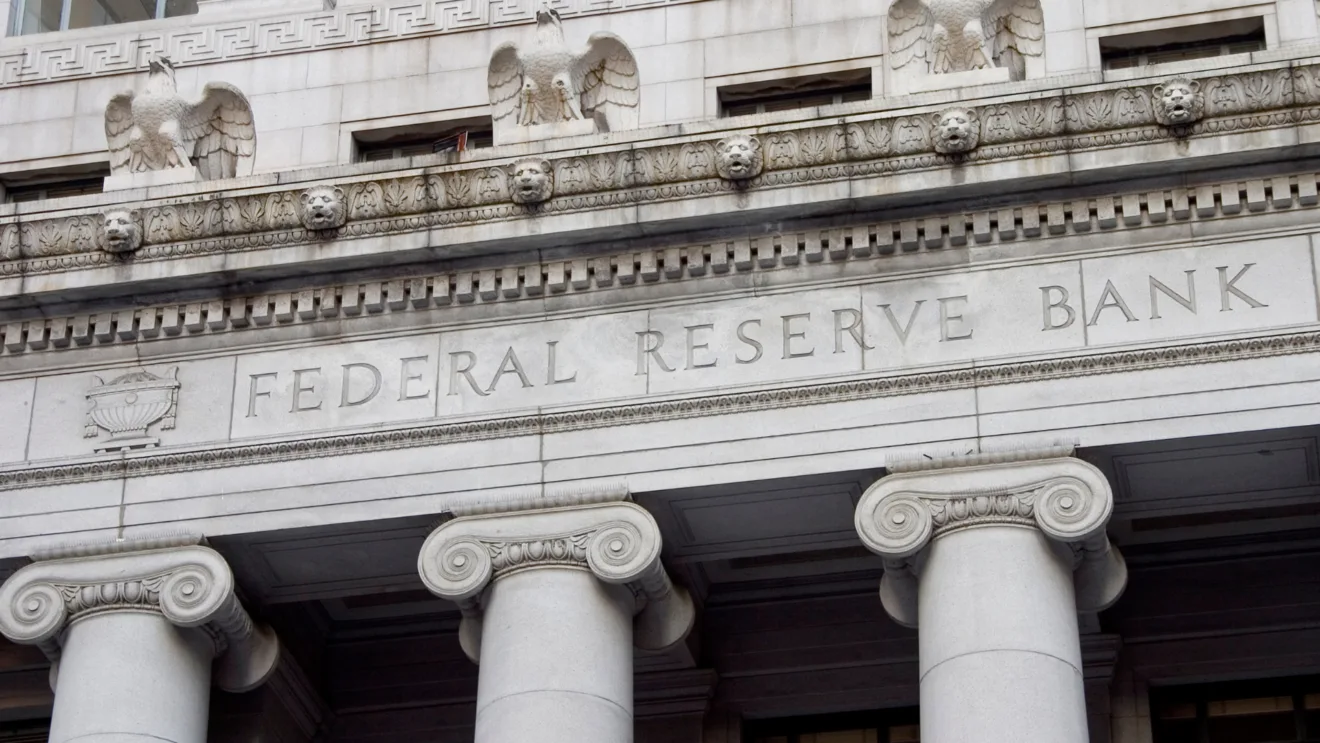
The concentration of wealth in the United States reached its highest level in 2024, according to data released by the Federal Reserve. According to the figures, the richest 50% of the US population has 97.5% of all national wealth, while the poorest half concentrates only 2.5%.
The survey shows that heritage inequality continues on a discharge. In the group formed by the richest 0.1% of the population, approximately 133,000 families, participation in total wealth reached 13.8% at the end of 2024.
This is the highest index ever recorded in the historical series maintained by the Central Bank of the United States. By 2020, this group held 13%, indicating an increase in concentration in just four years.
According to the newspaper O Globo, the growth of the pyramid’s top heritage was driven mainly by the gains in the financial market.
Between 2020 and 2024, families belonging to the group of the richest 0.1% accumulated US $ 6 trillion in net wealth, benefited by the valorization of shares and other assets.
The composition of the wealth of this portion highlights the influence of the financial market. About 50% of the equity is allocated to stocks traded on the scholarship, while approximately 20% corresponds to stakes in private companies.
The same period showed different performance to the base of the population. The poorest 50%, estimated at about 66.6 million families, registered modest growth in net wealth, with an increase of US $ 1.25 trillion over four years.
In 2022, this half had reached 2.7% of participation in national wealth, the highest level since 1989. However, the percentage fell to 2.5% in 2024.
Data analysis also reveals age group disparities. According to the survey, people aged 70 or older increased their participation in the total wealth of the United States. By 2020, this age group held 27.6% of wealth. By 2024, the number rose to 31.4%.
In addition, this group began to concentrate a larger portion of the country’s stock capital. At the end of 2020, the elderly had 32.9% of American corporate actions. By 2024, the index rose to 38.3%.
The phenomenon is related to the demographic structure of the United States. The generation born between 1946 and 1964, known as Baby Boomers, is currently in their 70s and has accumulated heritage over the last decades. The aging of this generation has a direct impact on the distribution of assets, especially on the stock market.
Federal Reserve data reinforces the tendency of wealth concentration observed over the last decades. Experts point out that while lower -income classes have recorded some patrimonial growth, the speed of accumulation between the richest groups maintains inequality in the rising trajectory.
The report does not bring future projections, but indicators suggest continuity of concentration if the current standard for asset enhancement and capital distribution is not changed.
The Fed regularly follows the evolution of wealth distribution as part of his studies on the domestic economy, without issuing value judgment or public policy proposals from these data.
Source: https://www.ocafezinho.com/2025/03/26/federal-reserve-diz-que-desigualdade-de-riqueza-nos-eua-atinge-maior-nivel-da-serie-historica/

